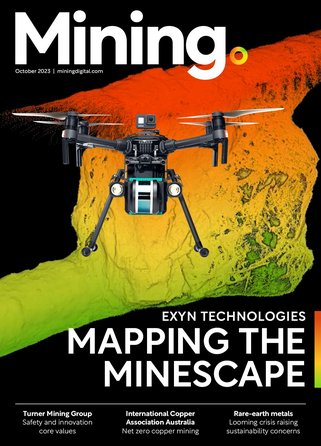Coal India seeks move into metals abroad to combat falling revenues

One of the largest coal miners in the world is making a move towards buying metal mines abroad, as it bids to reduce its operating costs and move away from a reliance on fossil fuel.
Coal India, a state-run company, plans to form two units. One unit to manage local iron ore mining, bauxite and manganese, while the other will expand into copper and nickel mining in foreign countries, Reuters reports.
“The plans of Coal India to enter into metal mining business both in India and abroad are in a very nascent stage, and of strategic and confidential nature,” the company said.
In a statement to Reuters, a global investment analyst believes the move into metals represents Coal India’s ambition to “firm up revenues.”
Related stories:
Vedanta Resources records 40% profit increase for 2017
China's Australian coal imports continue to rise
Mining global – September 2017
“It may not happen for at least the next couple of years, given the track record of Indian PSUs (public sector undertakings) investing in other countries,” said Gautam Chakraborty, an analyst at Emkay Global Financial Services Ltd.
Coal India has also seen its quarterly profits fall for five straight quarters amid rising employee costs, and is also locked in wage negotiations with its over 300,000-strong workforce affiliated to strong trade unions.
- Huawei: Huaneng Ruichi's Autonomous Electric Mining FleetSmart Mining
- Zijin & Barrick Expand Gold Interests in Ghana & DRCSupply Chain & Operations
- South Africa Mining Sector Holds Breath on NationalisationSupply Chain & Operations
- Huawei’s MineHarmony helping lead mining’s digitalisationTechnology



